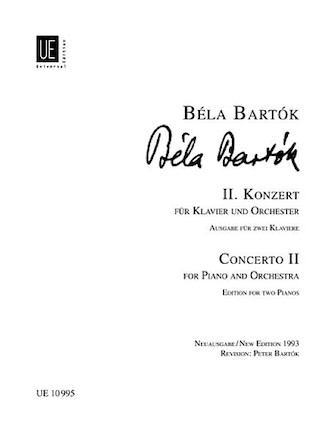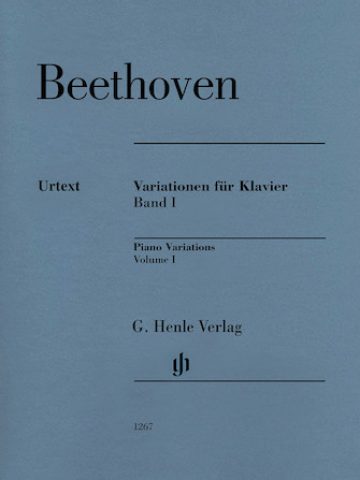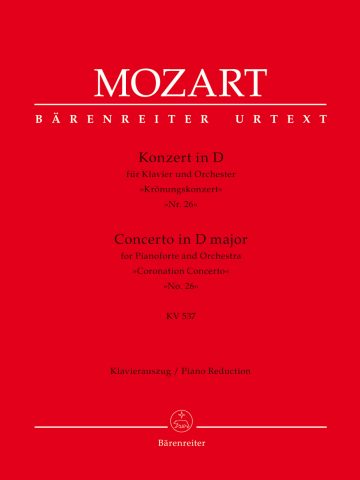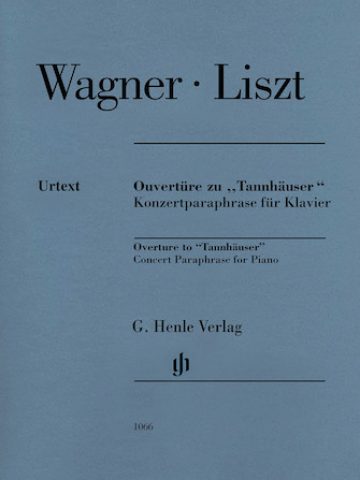Description
Two copies required for performance.
Béla Bartók's Piano Concerto No. 2 in G major, Sz. 95, BB 101 (1930–31), the second of his three piano concerti, is notorious for being one of the most difficult pieces in the repertoire.
The concerto is composed of three movements:
- Allegro
- Adagio — Presto — Adagio
- Allegro molto — Più allegro
The overall form of the Second Concerto is symmetrical—the tempo structure is fast-slow-fast-slow-fast —in the Bartókian manner that has come to be identified as arch form. The first movement, marked Allegro, is highlighted by the active, punctuating piano solo. The piano's quick, rhythmic pace and fragmentary scalar movement suggest the influence of Igor Stravinsky, and the ballet Petrushka (1910–11) in particular, while other characteristics point to The Firebird; the main theme of the movement, introduced by the trumpets, is a reference to The Firebird's finale.





Reviews
There are no reviews yet.